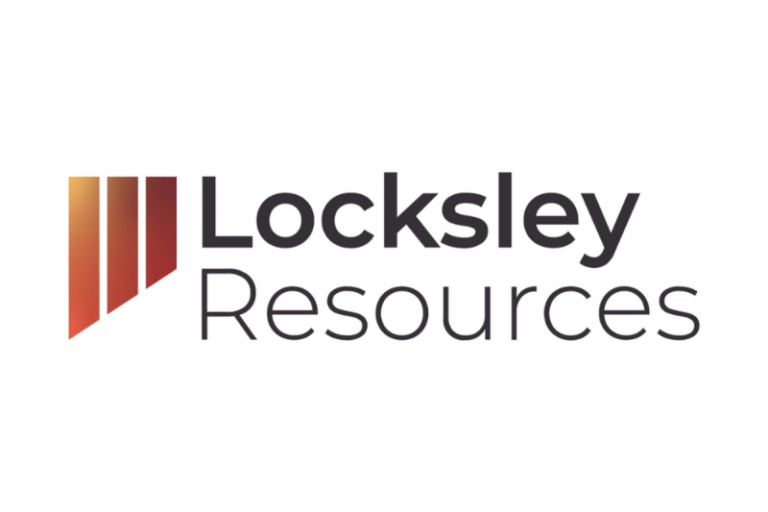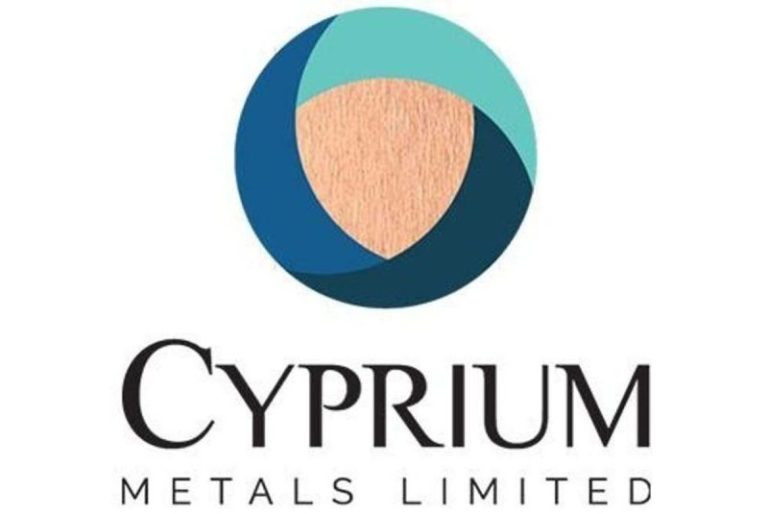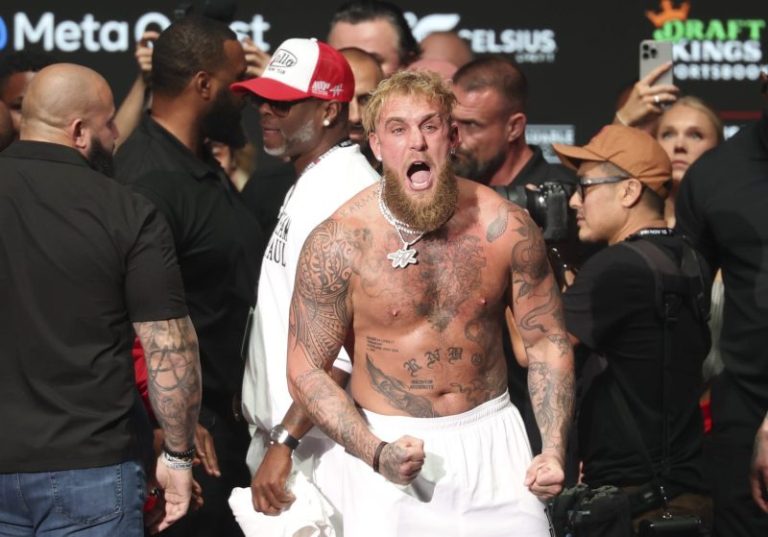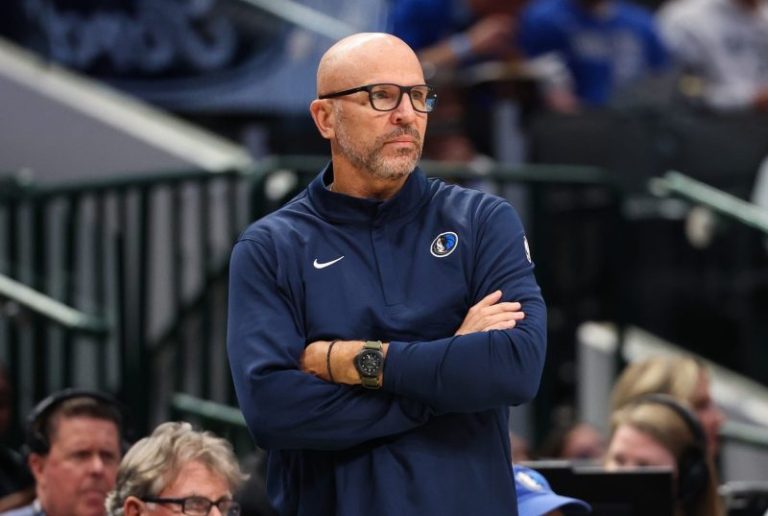The investment management landscape is undergoing a fundamental shift.
The once-standard 60/40 portfolio approach, which balances equities and bonds, is being challenged by market volatility, the crowding of mega-cap tech stocks and rapid technological innovation reshaping the economy.
Navigating this environment requires a new mindset that embraces a blend of passive, active and alternative strategies to build resilient portfolios prepared for both risks and emerging opportunities.
Unbundling portfolios for resilience
Mersch advises unbundling traditional portfolios. Instead of relying solely on equity and fixed income, investors should blend a passive core with active management and alternative asset allocations.
“You might need to…alternative asset classes that might have either lower or even sometimes negative correlations, and start to think about the attributes that you want to build in a lot of resiliency around periods of volatility.”
Digital assets and gold are effective diversifiers in this landscape, contributing to what Mersch calls the ability “to zig while other paper assets zag.”
Active approaches enable investors to explore attractive opportunities beyond mega-cap concentration; however, dynamic risk budgeting and continuous reassessment are critical, especially when markets exhibit complacency or crowding in dominant sectors like tech.
“That’s where you can take a much more active approach in terms of betting on… other pockets or corners of the market.
“What I would encourage people to look at is the cost savings that we’re seeing in a lot of core businesses. A lot of businesses that operate in the real economy are starting to gain some real operating leverage because they’re implementing these tools as well.”
Thematic investment in technology and AI
AI infrastructure and semiconductors stand at the forefront of modern investment themes. Long-term infrastructure buildouts promise a transformative impact.
Mersch highlighted the accelerating buildout of data centers, which are critical to powering AI advancements, noting an expected leap in US electricity demand. “If you look at total electricity growth in the US from 2001 to 2024, it grew around 0.5 percent on an annualized basis. Over the next five years, it’s going to grow 4 percent,” he explained.
This surge underscores the energy-intensive nature of AI, creating substantial structural tailwinds for related real assets and thematic investment vehicles like ETFs.
The semiconductor industry exemplifies the globalization and complexity of technological innovation. Mersch described it as “one of the most global operating systems in the world,” spanning diverse geographies from chip design and fabrication to lithography and memory production.
However, escalating geopolitical tensions and US trade restrictions introduce layers of risk that demand active management and meticulous stock selection.
He also addressed concerns about circular financing risks in AI infrastructure. “When you have vendor financing, you’re essentially front running and creating that artificial demand,” he said, adding that vigilance regarding genuine adoption indicators, such as compute token usage reflecting actual AI workflow application, is needed to guard against this. “All signs right now are pointing to yes,” he said.
While echoes of prior tech cycles suggest potential boom and bust phases, Mersch noted that the scale and pace of capital expenditure in AI infrastructure signify foundational change with likely enduring impact. Complementarily, cybersecurity continues to gain importance as data proliferation accelerates and AI’s dual role as protector and attack vector. Companies specialized in endpoint protection and innovative security solutions play a key part in making tech portfolios more robust.
Meanwhile, speculative avenues like quantum computing offer future innovation frontiers. “I think Canada has definitely a really exciting future when it comes to quantum,” he added, noting Xanadu’s recent IPO announcement. “They kind of have these capabilities that only two other labs in the world have achieved.”
Mersch was referencing the company’s Aurora system, which uses photons as quantum bits, commonly referred to as qubits. “So we’re seeing a lot of that expertise being grown out here.”
Emerging strategies for future growth
Mersch also highlighted venture capital and private equity as core components of alternatives that complement passive and active strategies.
He noted the evolving accessibility of venture capital, with some democratization happening via fractional ownership and tokenization.
However, he cautions that top quartile funds still dominate returns, making established track records and fees critical considerations for investors.
In a similar vein, secondary market platforms offer new gateways by allowing access to direct listings and share sales, but come with layered fees and risks.
Long and short equity strategies also play a pivotal role in reducing correlation to broader markets. These funds can capitalize on thematic disruptions by taking long positions in companies leading structural change while shorting those likely to be disrupted.
Practical insight and forward-looking considerations
The modern paradigm of portfolio construction demands a sophisticated and dynamic approach, moving beyond simple stock and bond allocations. A resilient portfolio must now strategically integrate the three aforementioned key components.
Mersch’s insights offer a roadmap for investors navigating a rapidly evolving dynamic. In this landscape, embracing technology-driven themes is not merely optional but essential for future growth; however, any introduction of higher-risk assets requires both optimism and caution amid volatile and geopolitically complex markets.
Ultimately, building a resilient portfolio for the future means moving beyond old paradigms and proactively integrating new technologies and strategies with disciplined risk management.
Securities Disclosure: I, Meagen Seatter, hold no direct investment interest in any company mentioned in this article.










